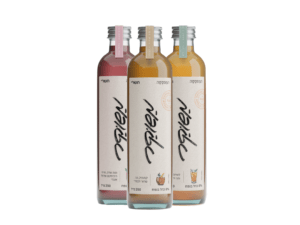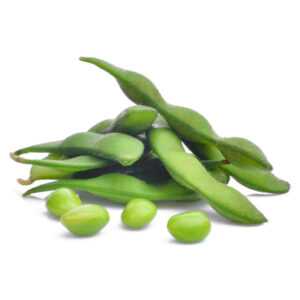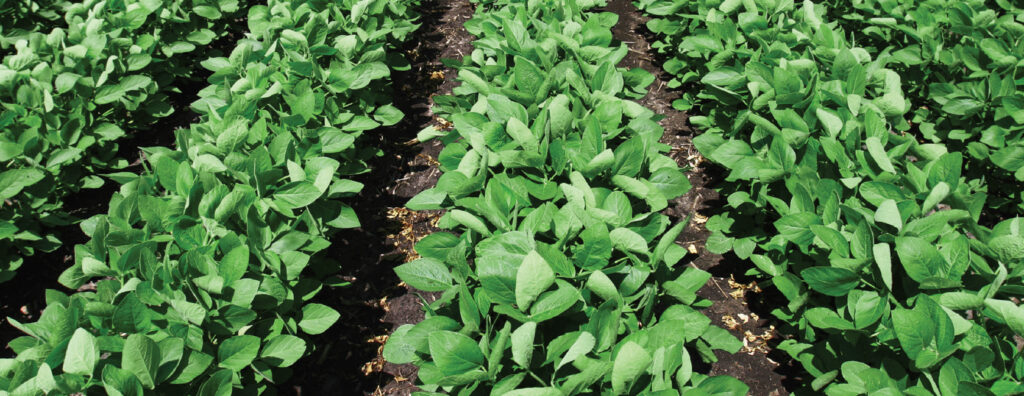Bye-bye Blueberries
This week we bid farewell to those wonderful blueberries that accompanied us over the past few months. We’ll miss them terribly – till next year.
We are in hopes that the delicious raspberries from Chelkat HaSadeh will return in August for one more round. Stay tuned!
______________________________________________
HAMATSESA
Hamatsesa is introducing a new, extraordinary summer drink, produced in cooperation with “Tishrei,” to be named: Meshukar.
Prepared from fermenting Pink Lady apples, the initial cider undergoes a fortifying process which culminates in one happy drink containing 8% alcohol.
Producing this drink involves a process of combining the fortified cider together with cold soaked fruits, leaves, spices and flowers to reach the distinctive, refreshing flavors of the Israeli summer.
Select Meshukar in a cascade of flavors: strawberry, hibiscus and allspice/ chamomile, black tea, and lavender/Louisa, mint and green tea.
L’chaim!!!
______________________________________
Green soybeans, or “edamame,” is one of the crops that has been with us from the very start of Chubeza. I had successfully grown edamame in California, and thought it would be no big deal to grow it here as well. Turns out, we had to endure quite a few years of failed attempts till we were finally able to successfully grow edamame in the Holy Land. Initially, we imported seeds from the U.S. and planted them over the hot summer months, just as I had done in the States. Success was partial, not amazing. Though the pods were green and beautiful, they only half-filled with the round peas we toiled so hard to grow. Many of the pods remained green, hairy, flat, and painfully – empty.
Hence, we attempted to treat the edamame like her cousin, the green fava bean. We purchased organic soy seeds at the store and tried to plant them, hoping they would yield chubby green pods. The pods were indeed chubbier, but the soy dried up easily and quickly and developed a yellowish hue. Even the peas within them aged slightly. After a few unsuccessful years, we opted to give up and take a little break…
Until several years ago, when one of the seed companies suggested we try a better variety of green soy and we opted to give it another chance. Only one or two beds to begin with. We also changed the date for seeding. Turns out that in Israel, green soy prefers to be seeded at the beginning of spring or the end of summer/beginning of autumn. In the past, we aimed for growth at the peak of the summer heat. We thought that was how they liked it. (Wrong.) So, on our next attempt, we seeded the edamame towards the end of summer, and wonder of wonders: this edamame crop grew strong green bushes, yielding green, chubby pods! The following year we stuck with the winning variety, and seeded it in early spring. Which teaches us the lesson to always reexamine presumptions and impressions.
Since that time, we’ve attempted to find seeds every year (they’re not always available) and grow these joyful soy pods. It is such a beautiful, green and vital vegetable, resembling its cousin the green bean, but with different-shaped leaves – rounder and not sharp-edged. Here, see for yourselves:
We pick the edamame for you in bunches, and you do need to separate the pods from the branches, but this is most certainly a worthwhile task with a delicious reward.
Already 5,000 years ago, Chinese Caesar Shennong, considered to be the father of Chinese agriculture, declared soy one of the five most sacred types of grain essential to Chinese culture (together with rice, wheat, barley and millet). Its origins are in North China, from a wild plant named Glycine Ussuriensis.
The process of soy domestication, probably one of the first crops to be cultivated by man, began around the 11th century BC, both as food and for medicinal purposes. By the first century, soy arrived in South and Central China and to Korea. By the 7thcentury, it could already be found in Japan, Indonesia, the Philippines, Vietnam, Thailand, Malaysia, Burma, Nepal and North India. It took till the 18th century for soy to arrive in the West.
It’s fascinating to ponder what this crop, which has served mankind from ancient times, has had to endure from when it was grown in Chinese fields over 5000 years ago mainly as green manure to improve the soil and enrich the earth for future crops. Today soy has morphed into a source for glue, dye, synthetic fiber, soap, ink, candles, lacquer, a rubber substitute, and of course, biodiesel fuel. From a sacred and dignified seed to a genetically-engineered, labeled, patented prisoner.
Like corn, almost everything we eat contains soy, from baby formula to the ubiquitous soy oil, through meat and fish (soy is one of the components in animal and fish food), soy flour in various pastries, soy protein in milk substitutes, soy fibers and soy lecithin in virtually every processed food that requires pasting, inflating and “modeling.” It is almost strange to say that food “contains” soy, as in truth it contains various separated components, taken apart and processed to their final drop of protein. Can this actually be called soy? I really don’t know….
Soy belongs to the legume or Faboidae family, whose distinguished members include peas, beans, black-eyed peas (lubia), chickpeas and others. Growing dry soy takes around four months for the plant to fully ripen, harden, dry up and produce brown seeds. At this stage they are picked to begin their final journey, during which they will be disassembled, extracted, bloated, fermented, ground, distilled and submitted to a host of other tortures.
But here at Chubeza, most of our young soybeans are picked when they are green and still deserving of the title edamame (eda- twig, mame- bean) – beans on branches.
Soybeans abound in health benefits: they are rich in protein, containing 60% of the recommended daily consumption (and this protein is similar in composition to that of meat). Such protein is responsible for stabilizing blood sugar levels and aids in reducing the risk of diabetes. In addition, edamame contains vitamins C, A and K, and such minerals as iron, magnesium, potassium and calcium. It is rich in dietary fibers (40% of recommended daily consumption) that can latch onto toxins and cleanse them from the body. Soy contains lecithin, which assists in balancing cholesterol levels and is known to possess properties which can prevent arteriosclerosis. Lecithin is also an important component for weight loss, as it helps break up fats. In addition, soy contains choline and inositol, elements which improve memory function and the smooth transmission of receptors within the nervous system.
Soy protein also includes sapogenins, renowned for being effective in preventing cancer and cardiac diseases. Edamame is rich in isoflavones, the plant-form of estrogen, and can improve such menopause-related symptoms as hot flashes, reduced risk of heart disease and the prevention of loss of bone density, specifically in the spine and hips. In addition, edamame also contains a type of peptide called lunasin which reduces cholesterol levels in the body by both inhibiting the production of cholesterol and working to reduce the level of “bad” cholesterol (LDL).
Upon its arrival to Western World, soy achieved a place of honor in the realm of natural food, and like many trends, gleaned fame and admiration for being considered a “health bomb” (and a punch line in cholesterol and tofu jokes). Can billions of Chinese be wrong?
Over the past several years, controversy has evolved between the soy advocates, supported by the hearty health of the Chinese and Japanese (and lots of cash… over 50% of the world’s soy is produced with the encouragement and control of American companies; some 70% of the products in your local supermarket somehow contain soy, also indirectly). And on the other hand, scientists wonder whether so much hormone, even if it’s plant-based, is indeed healthy. They accuse soy of increasing the chances of various types of cancer (as opposed to those it prevents), changes in thyroid gland function, harming fertility and brain activity in men, causing congenital defects and even the early sexual development of girls in Western countries.
Part of the blame is directed towards the genetic engineering of most of the soybeans grown worldwide (the thrust of which is intended to bolster soy against various herbicides), and the resulting excessive spraying. Although others claim that the fermentation process most soybeans undergo in the Far East to produce such products as tempeh, tofu, miso, etc., actually destroys many of its naturally detrimental components, making it safer for use. The jury is still out on this debate, and the evidence is not conclusive enough to make the call.
And once again I am left to quietly ponder the problems of totality, extremism, exaggeration and wholeness, as I share with you the sheer pleasure of nibbling on delicious green soybeans, the Japanese snack, and vote for moderation.
Lots of yummy edamame recipes in our recipe section!
May we enjoy the blessings of love, moderation, happiness, and of course – good health!
Alon, Bat-Ami, Dror, Orin and the entire Chubeza team
___________________________________________
WHAT’S IN THIS WEEK’S BOXES?
Monday: Lettuce, Japanese Kabocha squash/spaghetti squash/butternut squash/acorn squash, onions, eggplants of various varieties: regular/baladi/finger eggplants, yellow or green beans/okra/edamame/Thai yard-long beans, potatoes, coriander/basil, corn/slice of pumpkin, tomatoes, cucumbers, watermelon/melon.
Large box, in addition: Red bell peppers/zucchini, cherry tomatoes, New Zealand spinach/parsley.
FRUIT BOXES: Peaches, mango, bananas, Anna or Pink Lady apples. Large box: Larger quantities of all of the above.
Wednesday: Lettuce, Japanese Kabocha squash/spaghetti squash/butternut squash, edamame/acorn squash, onions, eggplants of various varieties: regular/baladi/Japanese finger eggplants, Thai yard-long beans, potatoes/melon, coriander/basil/New Zealand spinach/parsley, corn/zucchini, tomatoes, cucumbers.
Large box, in addition: Red bell peppers, cherry tomatoes, okra./slice of pumpkin
FRUIT BOXES: Pears, mango, bananas, Anna or Pink Lady apples. Large box: Larger quantities of all of the above.





